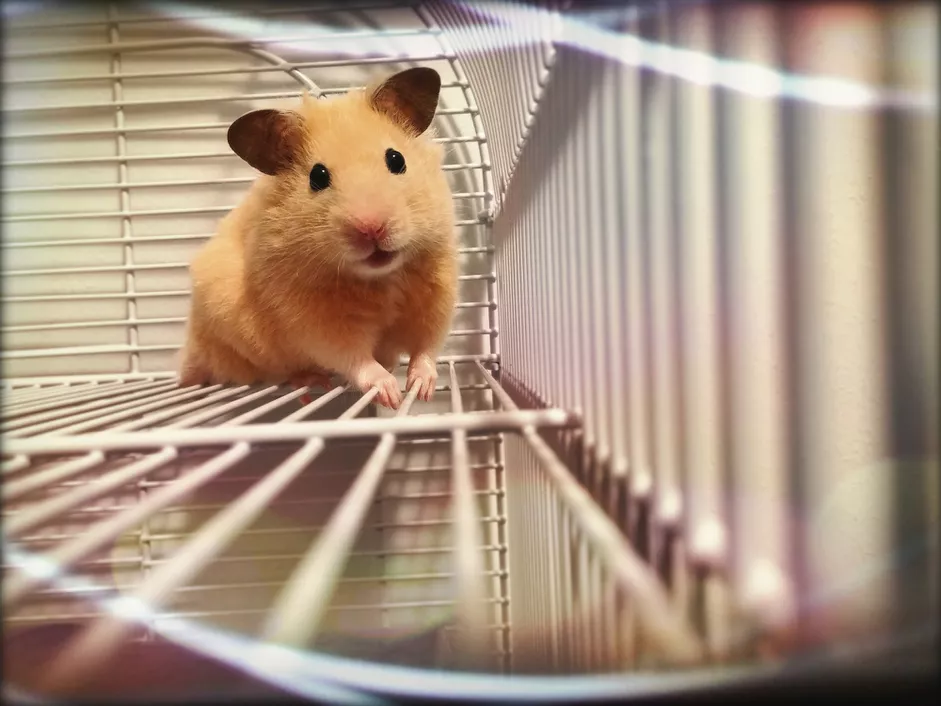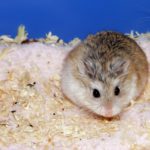It’s a common topic of inquiry among our group: “Is a hamster a good first pet?” Which hamster strain is ideal for a young child?
Syrian hamsters are the best hamster breed for kids and make the perfect first pet.
They are bigger, friendlier, and more manageable because of their positive disposition.
Docile in nature, they prefer not to nip and hence can be held by little or less experienced children.
Hamsters truly do make the finest first pet. Children can easily take care of them because they are fascinating, pleasant to play with, and simple to train.
Therefore, I would recommend bringing a Syrian (also known as a golden or Teddy Bear hamster) into your home, provided your youngster is ready to take on the responsibility of having a hamster.
Is a hamster a good pet for a child? is a blog post I wrote to help you decide if and when it’s the proper time to bring a furry new member into your home.
In what follows, I’ll talk about the various hamster breeds and the characteristics you can expect from them (although obviously, each hamster will be different).
Which breed of hamster is the friendliest?
The word “hamster” itself comes from Germany, despite the fact that hamsters were initially discovered in Syria and are now found all over the world.
“Hamster” means “to hoard” in German and as hamsters like to stuff their cheek pouches with nuts, fruit, and bedding materials, it seems to reason that these furry hoarders should be known as hamsters.
Only a small percentage of the roughly 20 hamster breeds discovered are kept as pets.
In spite of their superficial similarities, not all of these creatures are created equal.
We highly recommend Syrian hamsters as the ideal pet for families with children of all ages, but especially younger children.
Species Characteristics
Hamsters kept as pets tend to be between 2 and 7 inches in length, with short tails, tiny eyes, and a variety of fur colors (including black, brown, grey, white, yellow, and red).
They use their massive cheek pouches to store and transport their food.
They walk on broad feet that feature four front toes and five rear.
The front teeth of a hamster are massive and chisel-shaped; they continue to develop throughout the animal’s life.
Larger hamsters, such as male Syrian hamsters, prefer to be alone because they are more likely to get aggressive toward one another and even kill one another if they are housed with a female.
Similar sexed dwarf hamsters don’t appear to have any problems sharing a home.
If handled properly, hamsters are friendly and rarely aggressive toward humans.
Nocturnal means that all hamsters sleep during the day and are active at night.
5 Most Popular Hamster Species Kept as Pets
1. Dwarf Winter White Russian

Although they sound and look like they should be related to the Dwarf Campbell Russian Hamster, the Winter Whites are a breed of their own.
They do, however, share a number of similar traits.
Both come from northern Asia and have comparable coloration and habits.
Only growing to 3 inches they are best suited to being kept in a tank as they are well adept at squeezing through cage bars.
Mellow in nature they enjoy their fellow company and whilst they are friendly and sweet, due to their size, they can be tricky to tame.
We would recommend a Dwarf Winter White Russian Hamster to owners who are more experienced.
2. Syrian Hamsters
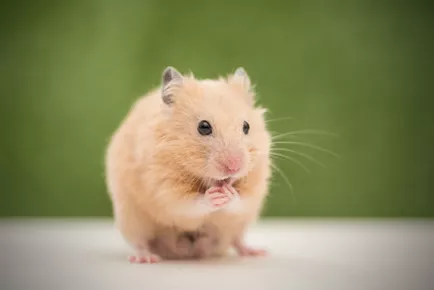
According to the Pet Website, Syrian hamsters are the largest captive hamsters and the most well-liked options for hamster pets.
Also called golden hamsters or standard hamsters, these members of the rodent family are best kept by themselves, as they can be antisocial and violent with members of their own species.
It’s not uncommon for Syrian hamsters to grow to be 7 inches long. Because of their larger stature, children can wield them with greater ease.
Syrian hamsters are great for kids since they require less care than other varieties of hamsters.
Long-haired variants of the Syrian hamster, known as Teddy bear hamsters, are quite popular.
3. Roborovski Hamsters
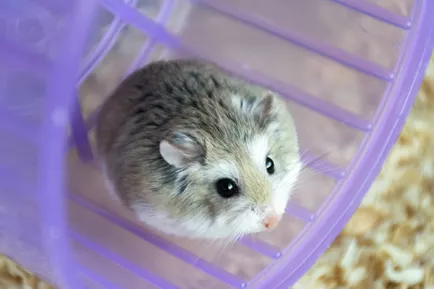
The Roborovski hamster is the most recent species of hamster to be tamed. Due to their reluctance to be handled, they are not commonly maintained as pets.
They’re the tiniest of the hamster varieties kept as pets, reaching a maximum size of just 2 inches in length.
According to Doctors Foster and Smith, these cats are more interesting to watch than to play with, but they are generally calm and won’t bite if you get too close.
If raised in groups, hamsters are sociable, but they have trouble forming lasting friendships.
Among house pets, these hamsters have the longest lifespan, at 3 to 3 1/2 years.
4. Chinese Hamsters
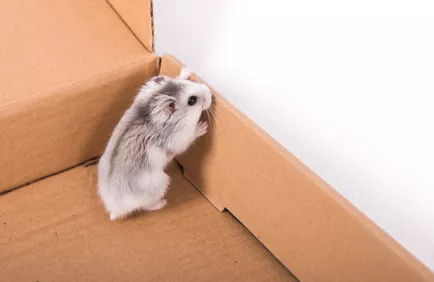
Due to their difficulty reproducing, Chinese hamsters, sometimes known as striped hamsters, are not commonly kept as pets.
Similar to their rodent kin in appearance. They’re incredibly quick for their size, yet they’re also extremely cautious and shy.
Their lifespans can be anywhere from 2 1/2 to 3 years, and their slim bodies can grow to a maximum of 12 cm in length.
According to Doctors Foster and Smith, Chinese hamsters are not gregarious as other hamsters, but they are friendly to their human caregivers.
5. Campbell’s Dwarf Russian
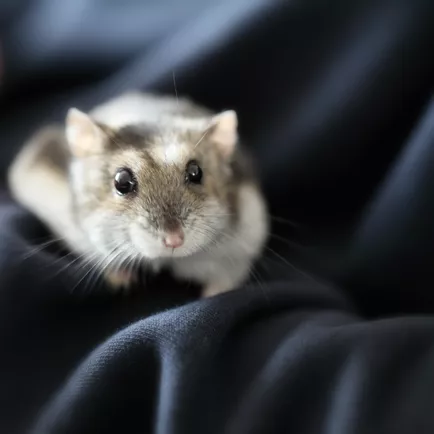
The typical lifespan of a Campbell’s dwarf Russian hamster (Phodopus Campbelli) is two years, and it can reach a maximum length of four inches.
Another sociable variety, these hamsters can live in groups of their own kind after being properly introduced to one another.
If they feel threatened or afraid, Campbell’s tiny Russian hamsters are nippy little creatures and may nip.
In the right hands, these hamsters are amiable and content to be held.
Even though they sleep most of the day, these hamsters may awake for brief intervals during the day.
Should I get a male or female hamster?
Young hamsters are hard to tell apart by sex, but there are telltale differences that can help.
While it’s true that all hamsters are different, knowing whether you’re adopting a male or female will help you prepare for their distinct personalities.
The gender of a hamster makes no difference while training it.
In our opinion, the long-term manageability of your pet is directly proportional to the amount of time, patience, and care you invest in them.
Male hamsters
Male hamsters are typically more placid and laid-back than females.
Male hamsters are often stockier and hence easier to grip, and they also tend to have a stronger odor than females.
Men have larger olfactory glands and secrete more pheromones (a musky fragrance) into the air than women do.
Male hamsters are stereotypically more laid-back than females; they don’t expend nearly as much energy playing in a ball or wheel, and they’re perfectly willing to spend their time sleeping, snacking, and vegging out instead.
Our hamster, Oscar, is one of those animals who would rather sleep and be cuddled than run around and play.
Female hamsters
Although male hamsters are more prone to sleeping during the day, females are more likely to get up and get moving since they know their work is never done.
Thinner in appearance, they are more nervous and are frequently a little tougher to manage.
Much more enjoyable to watch, though, they are swift and nimble, speeding around their cages, spinning on their wheels, and building many beds in the span of a night.
Female hamsters are also more likely to express their opinions through a succession of squeaks, whether they like something or not.
Hamsters to Avoid
If you already have cats or terrier dogs who show an excessive interest in small furries, or if you have a noisy household with young children who may struggle to carefully handle these fragile creatures, you should avoid any hamsters.
You should also provide a quiet spot for the hamster to sleep during the day if your household is busy.
Hamsters are noisy pets; if you don’t have a peaceful place, you might want to look into getting a degu or guinea pig instead.
Keep away from the three dwarf kinds of hamsters if you want to be able to handle your pet.
They’re more prone to slip out of your grasp and hurt themselves than slower, clumsier creatures.
